Geothermal Market Acceleration
Through rigorous data collection, analysis, and stakeholder engagement, NREL's market acceleration efforts further the role of geothermal energy in supporting a more efficient and effective U.S. electricity system.
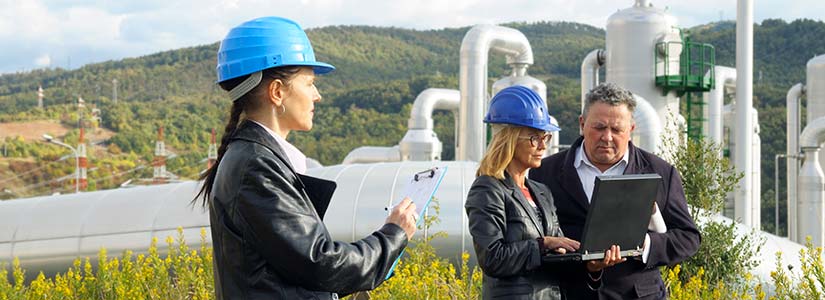
These cross-cutting activities leverage our unique analytical capabilities to address nontechnical barriers to geothermal deployment, including reducing regulatory timeframes, increasing investor confidence, analyzing geothermal and component markets and supply chains, and improving public acceptance and outreach.
Energy Market Simulation and Analysis
Energy market simulation and analysis can be used to explore electricity demand (load); the mix of technologies used to meet demand and other grid services; and the prices of electricity, capacity, and ancillary services.
NREL developed U.S. geothermal electricity generation supply curves to characterize the technical and commercial potential of geothermal resources. These curves are used in models that simulate the evolution (investment and operation) of the electricity sector and explore how the mix of generation technologies will evolve to meet end-use demand. Such models typically identify optimal investment pathways by competing electricity generation technologies against one another so that the lowest-cost resources are deployed first. NREL's own Regional Energy Deployment System (ReEDS) is used to model the bulk electricity system, and our Distributed Generation Market Demand (dGenTM) model simulates customer adoption of distributed energy resources for residential, commercial, and industrial entities in the United States and other countries through 2050. These tools, and others, are often used in coordination to answer analysis questions.
NREL has provided input and expert advice on geothermal resources for models in studies such as the GeoVision Study, the Wind Vision Report, the SunShot Vision Study, the Electrification Futures study, and the NREL Annual Standard Scenarios.
Contact
Investor Confidence
Transparency into the quality of a geothermal resource and uncertainty in resource capacity estimates are reasons for perceived financial risk in geothermal project development. This makes geothermal financing, especially in the early stages, expensive and geothermal projects challenging to develop economically. By systematically reporting the stage of research as well as the uncertainty in data, investors may be able to better calibrate their risk premium to the geologic uncertainty.
Land Access
NREL’s land access analysis evaluates potential barriers to acquiring rights to federal and state land to develop geothermal energy projects. In addition, land access analysis evaluates impacts associated with biological resources, cultural resources, environmentally sensitive areas, and military installations that may create challenges to geothermal development.
Public Acceptance and Outreach
Social acceptance of geothermal energy—a combination of sociopolitical acceptance, market acceptance, and community acceptance—can pose a barrier to development. Project success depends on the support of affected stakeholders, including members of the public, policymakers, and market actors. In fact, social acceptance influences many nontechnical barriers, such as markets, policies and incentives, land access, and permitting. Many of the barriers to successful renewable projects are a manifestation of lack of social acceptance at the implementation level. NREL’s research highlights the impact social acceptance has on market deployment and identifies ways to increase social acceptance.
Contact
Diana Acero-Allard
Regulatory Timeframes
Uncertainty about the duration and outcome of the permitting process can be a deterrent to project investment and construction. NREL research has demonstrated the impact that prolonged regulatory timelines can have on geothermal project economics. NREL works with stakeholders and regulatory agencies, such as the Bureau of Land Management, to analyze regulatory environments and the potential impact of changes to these regulations.
Featured Projects
Geothermal energy has the technical potential to provide the United States with an inexhaustible supply of energy for decades to come. Led by NREL, the U.S. Department of Energy's GeoVision study explored geothermal growth scenarios across market sectors through 2050.
NREL's research focused on evaluating the potential market for geothermal technologies, including factors such as geothermal resource potential, techno-economic characteristics, market penetration, and nontechnical barriers.
NREL also coordinated activities spearheaded by other Department of Energy laboratories in areas such as exploration, reservoir development and management, social and environmental impacts, hybrid systems, thermal applications, and current and future cost reductions.
Learn more about the GeoVision study on the Department of Energy's Geothermal Technologies Office website.
Impact
This project identified scenarios for high penetration of geothermal energy in the United States and a roadmap for achieving technology advances.
Partners
Department of Energy Geothermal Technologies Office, Lawrence Berkeley National Laboratory, Sandia National Laboratories, Oak Ridge National Laboratory, Idaho National Laboratory
NREL's Geothermal Resource Portfolio Optimization and Reporting Technique (GeoRePORT) was developed with funding from the U.S. Department of Energy's Geothermal Technologies Office (GTO) to identify and pursue long-term investment strategies. GeoRePORT provides scientists and nonscientists with a quantitative means of reporting features intrinsic to geothermal sites (resource grade) and development maturity (project readiness). Because geothermal feasibility is not determined by a single factor (e.g., temperature, permeability, or permitting), a site’s project grade and readiness are evaluated on 12 attributes pertaining to geological, technical, and socioeconomic feasibility. The protocol was designed to distill massive amounts of geothermal project data into a concise, communicable summary that can be understood by project experts (e.g., geochemists and permitting experts) and those in management. It can be used to establish country baseline information, for project-specific reporting, or to summarize project development portfolios.
Impact
This project allows the Department of Energy to quantitatively identify barriers to geothermal development, develop program goals, objectively evaluate proposals, monitor project progress, and report on portfolio performance.
It allows industry to compare project potential in different areas, understand GTO's goals and tailor funding applications accordingly, meet GTO's expectations and qualifications for minimum application requirements, and report to GTO on project progress and impacts.
Partners
Lawrence Berkeley National Laboratory, International Geothermal Association, Reykjavik Energy, Jacobs Engineering
Nontechnical barriers to geothermal electricity projects can create significant delays and challenges, leading to higher project risk and costs, lost opportunities to access policy incentives, and ultimately decreased competitiveness against other electricity generation technologies. These nontechnical barriers include land access and permitting as well as environmental regulations (related to biological resources, cultural resources, and environmentally sensitive areas). This project is conducting granular research and analysis focused on environmental management interactions among federal, state, and local authorities with the intent of better understanding state and local land access and permitting challenges and how they intersect with federal regulation.
Impact
This project will facilitate communication and coordination among federal, state, and local regulatory authorities and identify opportunities to reduce duplication in data collection and impact analysis.
One way NREL promotes social acceptance of geothermal is through competitions, prizes, and contests that raise awareness of geothermal and support future scientists and entrepreneurs.
The American-Made Challenges Geothermal Manufacturing Prize is a series of progressive competitions that offers participants up to $4.65 million in cash prizes, vouchers, and field testing for technologies that leverage advances that additive manufacturing can provide in tool design, fabrication, and functionality. The prize structure incentivizes competitors to develop additively manufactured geothermal innovations from concept to prototype testing through an accelerated schedule. Competitors are supported by the American-Made Network, a community of U.S. Department of Energy national laboratories and private-sector stakeholders that actively helps entrepreneurs bring their concepts to market.
The Geothermal Student Competition brings together multidisciplinary teams of college students to identify, assess the resources for, and design a system for a geothermal direct use case in their community. Use cases can include their university campus, local hospitals and medical facilities, or remote communities. In addition to the system design, students work with community stakeholders and develop educational materials to promote the benefits of a geothermal-powered system. Through the Geothermal Student Competition, collegiate students are exposed to career paths in the geothermal industry and receive hands-on experience solving a real-world geothermal challenge.
Impact
These projects increase social awareness and acceptance of geothermal and support the next generation of scientists and entrepreneurs while broadening the number and disciplines of people active in the geothermal community.
Partners
Nation of Makers, Wilton E. Scott Institute for Energy Innovation at Carnegie Mellon University, the University of Texas at Austin
NREL's Regulatory and Permitting Information Desktop (RAPID) Toolkit provides permitting information, best practices, and reference material for renewable energy and bulk transmission project development. By providing easy access to permitting and regulatory information for project development, the RAPID Toolkit can optimize the regulatory process, lower project costs, and ease investor risk. The RAPID Toolkit makes regulatory and permitting information rapidly accessible from one location by providing step-by-step analysis of the approval process, contact information for federal and state regulators, best practice information, reference material, and links to permit applications, manuals, and related information.
Impact
The RAPID Toolkit is helping developers and agencies by reducing duplication, providing certainty, and facilitating communication.
Capabilities
NREL works with industry partners to design and model widespread, cost-effective, and grid-friendly geothermal power plants that will enable the deployment of geothermal across the entire United States. NREL's geothermal capabilities run the gamut from analysis to downhole tools and sensors and from reservoir modeling to full-scale field research validation.

Design Methods, Tools, and Standards
NREL researchers develop models and tools that simulate geothermal systems, costs, and impacts.
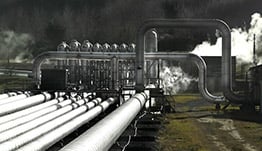
Finance and Business Model Analysis
We support the geothermal industry by analyzing the financial performance of business models based on resource characterization data.
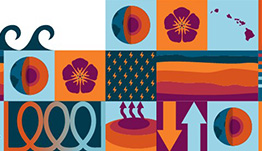
Hawaii Community Engagement
NREL researchers and the U.S. Department of Energy Geothermal Technologies Office are engaging with Hawaiian communities to understand perspectives on geothermal energy.
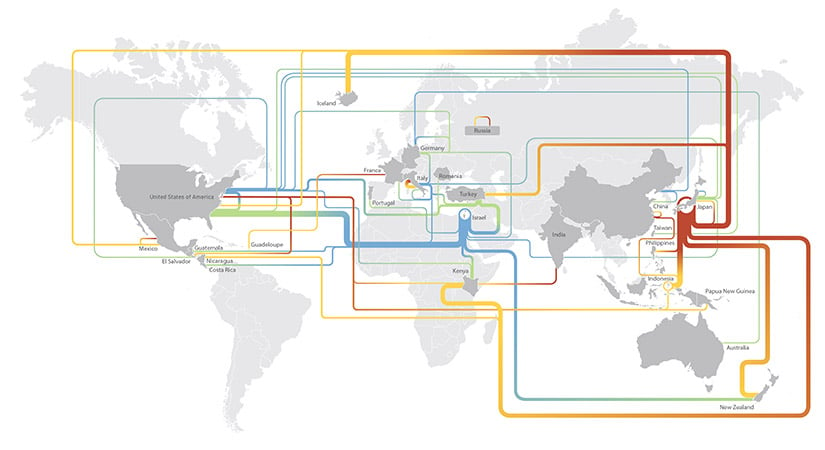
Manufacturing and Supply Chain Analysis
Our analysts perform techno-economic assessments of factors that affect the U.S. geothermal supply chain and technology investment.

Market Simulation and Analysis
NREL modelers forecast renewable resources and grid and market conditions to support grid operations and planning.
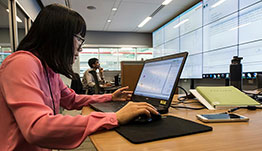
Policy and Market Analysis
We provide comprehensive market analysis to enable informed policy decisions.
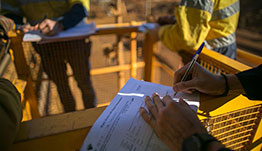
Regulatory and Permitting Analysis
Uncertainty about the geothermal permitting process can be a barrier to investment in geothermal projects. Our deep understating of regulatory and permitting issues across the United States can help.
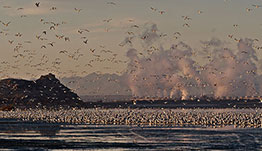
Sustainability and Impact Analysis
NREL’s sustainability analysis looks at the environmental, life cycle, climate, and other impacts of renewable energy technologies.
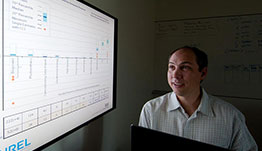
Techno-Economic Analysis
Our geothermal techno-economic analysis work examines technology costs, benefits, risks, uncertainties, and timeframes.
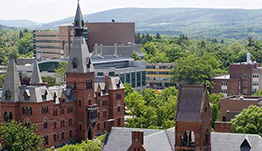
Thermal Application Analysis
NREL works with partners to find innovative ways to apply geothermal heat to meet heating and cooling demands while reducing costs.
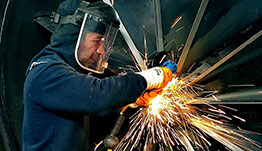
Workforce Development and Education
We perform in-depth analysis of the domestic geothermal energy workforce and support industry growth through education initiatives.
These capabilities also support NREL's geothermal market acceleration activities:
Share
Last Updated Feb. 13, 2025
